Tourism, while a crucial economic driver, can sometimes lead to the degradation of beloved destinations. The influx of visitors often places unsustainable demands on local environments, cultures, and infrastructures. Here is a list of once-idyllic American destinations now struggling under the weight of overtourism.
Venice Beach, California
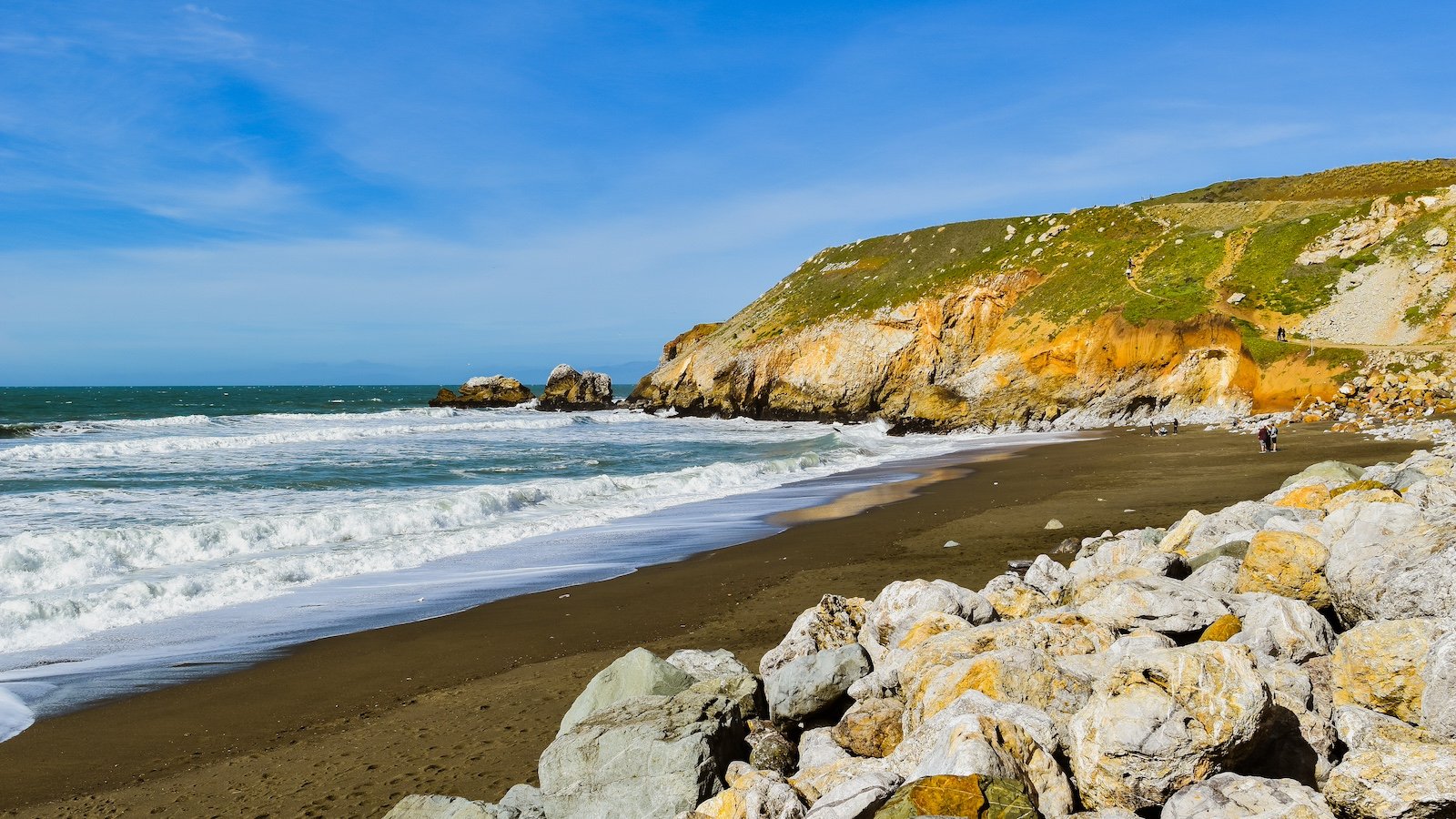
Venice Beach in Los Angeles is famed for its vibrant boardwalk, street performers, and eclectic shops. However, the area has seen an overwhelming surge in tourists, leading to severe congestion. The beach and surrounding areas face challenges with litter, increased pollution, and a decline in local quality of life. According to the City of Los Angeles Department of Recreation and Parks, approximately 28,000 to 30,000 people visit the Venice Beach Boardwalk daily, equating to over 10 million visitors annually.
Yellowstone National Park, Wyoming
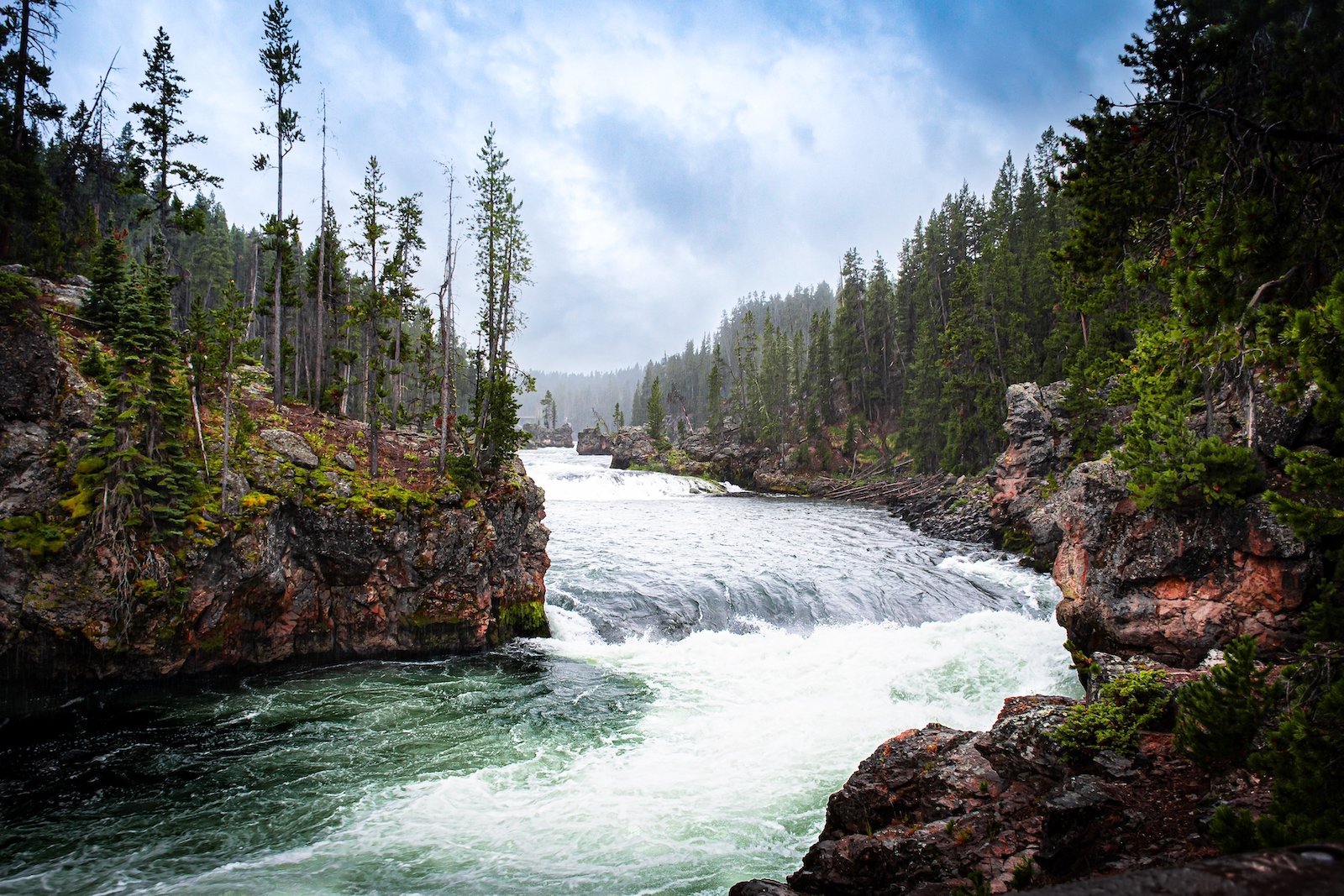
Yellowstone, America’s first national park, attracts millions of visitors each year. The park’s unique geothermal features and stunning landscapes draw tourists from around the world. Unfortunately, the sheer volume of visitors has led to overcrowded trails, traffic jams, and damage to delicate ecosystems. In 2022, Yellowstone National Park recorded approximately 3.29 million recreational visits, highlighting the strain on the park’s infrastructure and natural environment.
Times Square, New York City
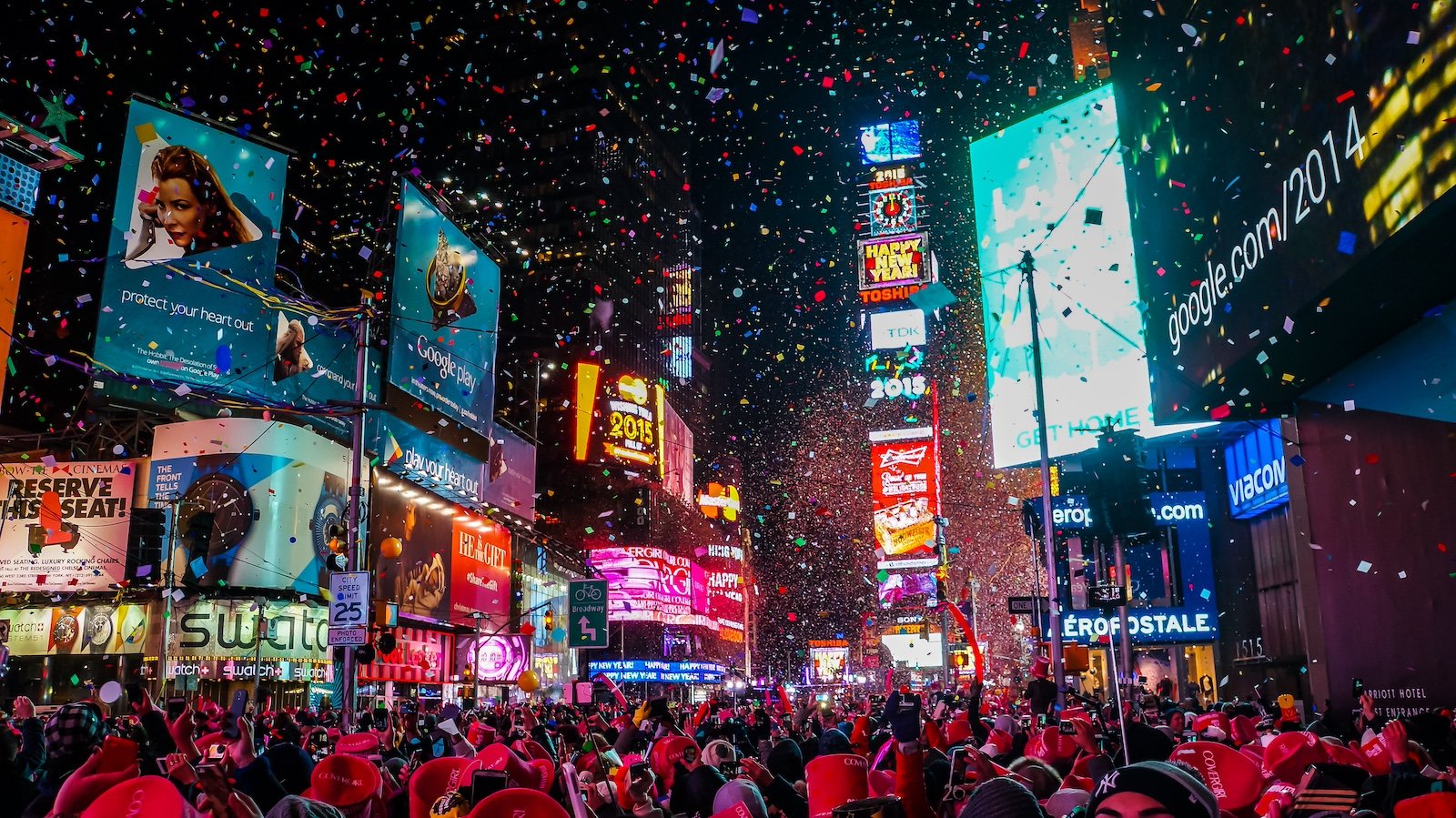
Times Square is an iconic symbol of New York City, known for its bright lights and bustling atmosphere. However, the constant stream of tourists has transformed it into one of the most congested and commercialized areas in the city. The local infrastructure needs to work on accommodating the daily influx, leading to issues such as increased pollution and a diminished experience for both tourists and locals. According to Times Square NYC, the area sees between 250,000 and 300,000 pedestrians daily, emphasizing the strain on the area.
The Grand Canyon, Arizona
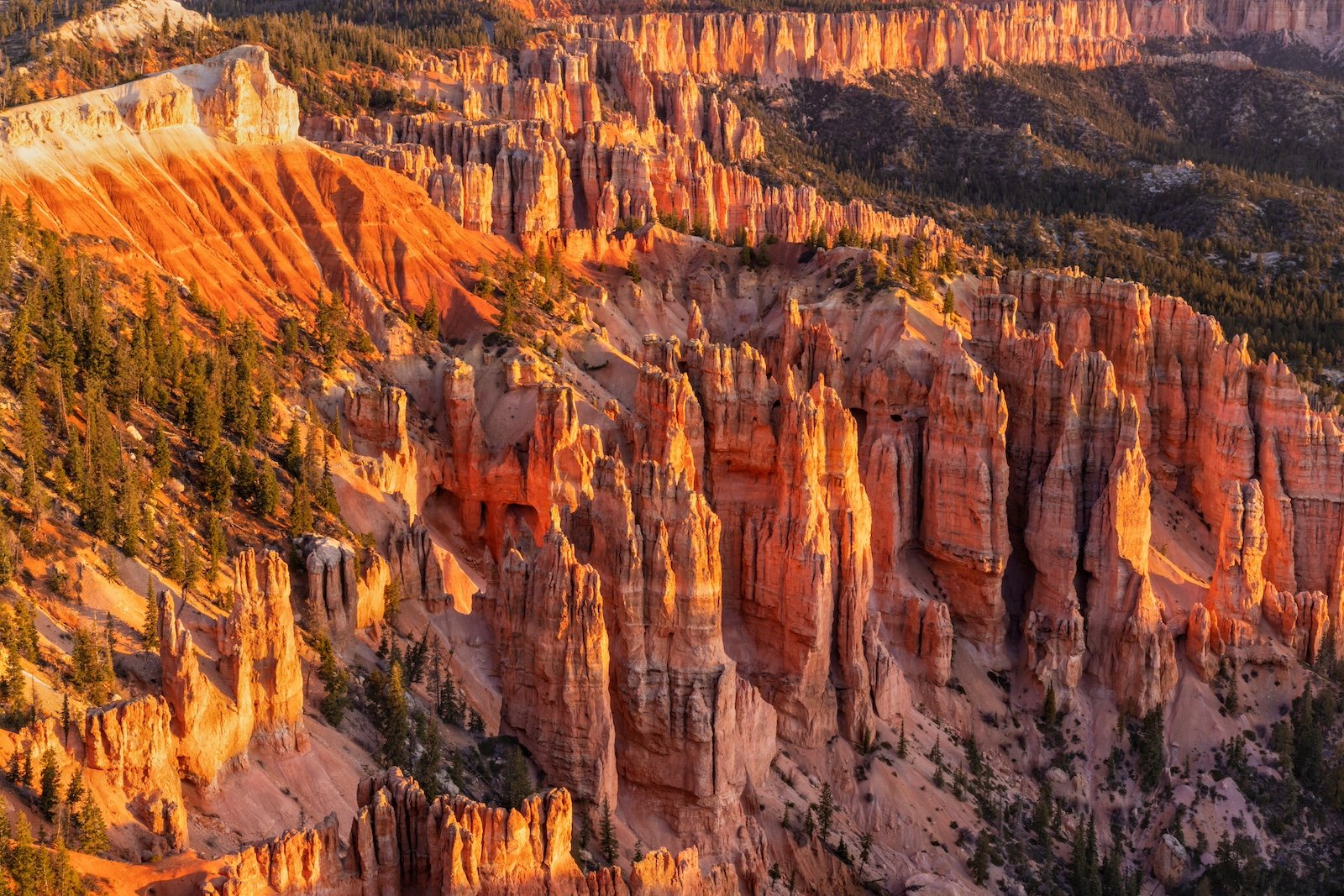
The Grand Canyon, a natural wonder of the world, sees millions of visitors annually. This has resulted in overcrowded viewpoints, litter, and wear and tear on trails and infrastructure. In 2021, the Grand Canyon National Park reported approximately 4.53 million recreational visits, contributing to the ongoing challenge of balancing tourism with conservation efforts.
Lake Tahoe, California/Nevada
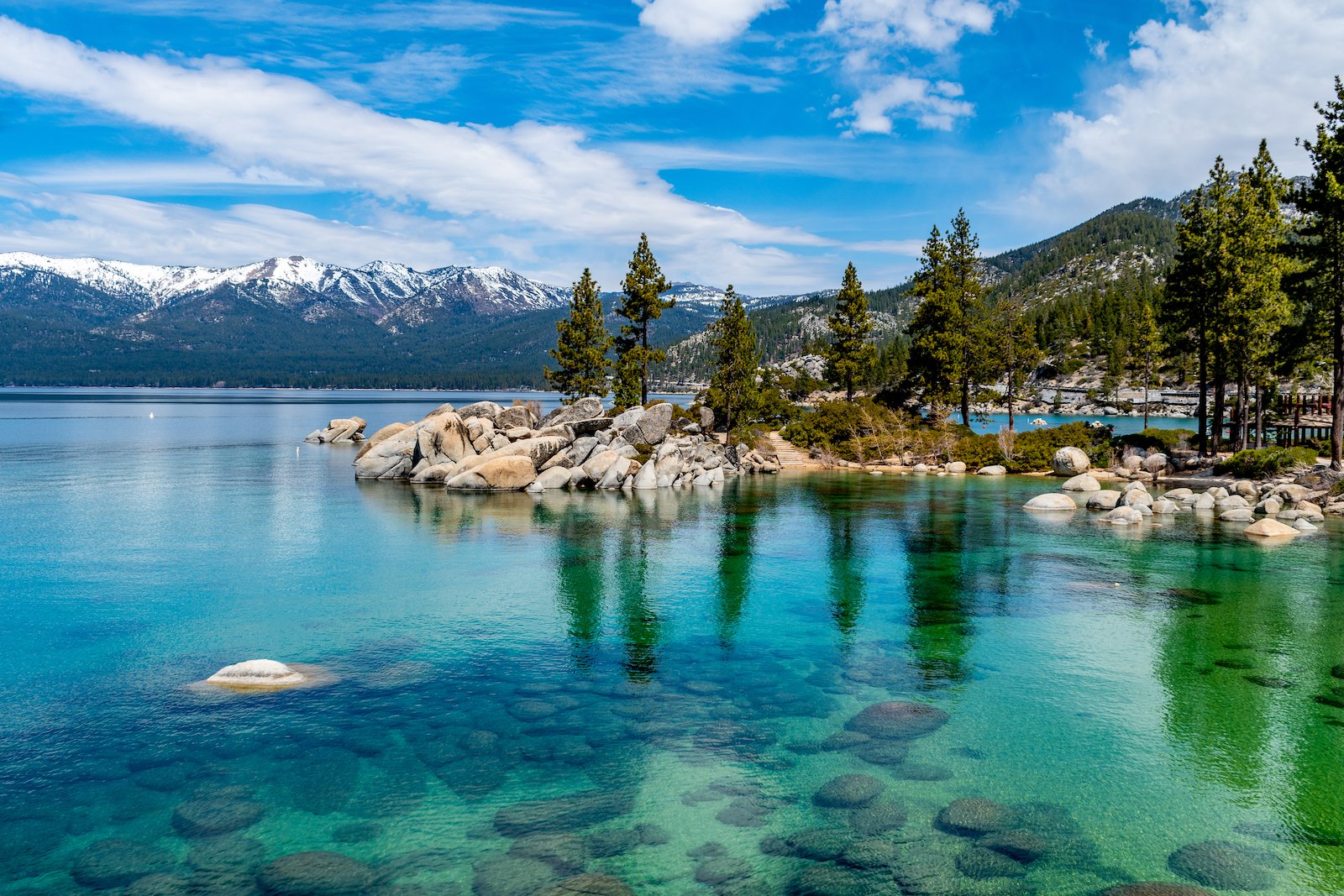
Lake Tahoe is a picturesque alpine lake known for its clear waters and scenic beauty. However, the region’s popularity has led to significant environmental issues, including water pollution and habitat disruption. Overdevelopment has also contributed to the loss of natural areas and increased traffic congestion. According to a report by the League to Save Lake Tahoe, the lake receives around 15 million visitors annually, exacerbating these environmental challenges.
Key West, Florida
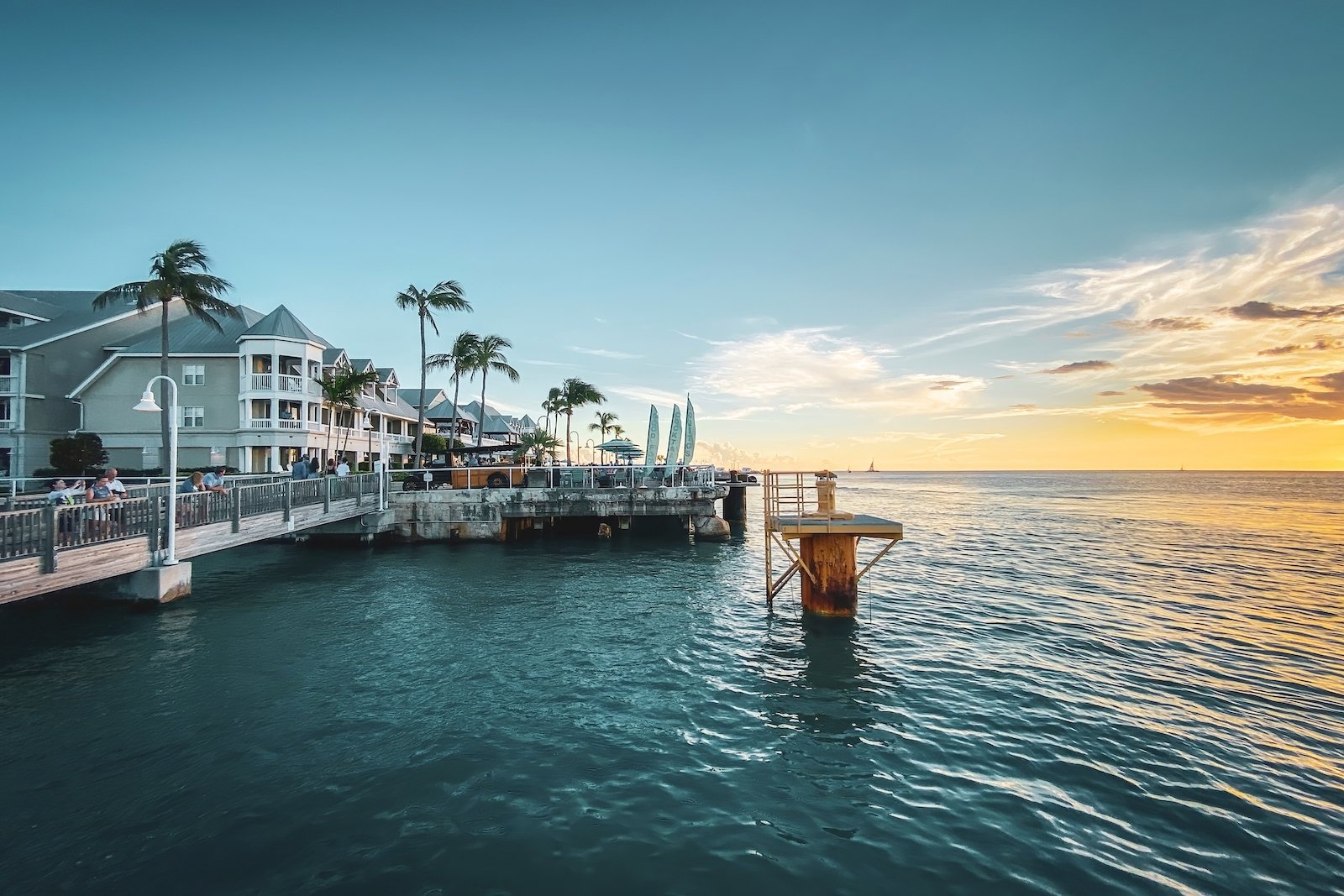
Key West, with its vibrant nightlife and historic charm, attracts a substantial number of tourists each year. The influx has led to crowded streets, higher living costs for residents, and strain on local resources. The island’s coral reefs are also under threat from increased boat traffic and pollution.
Mount Rushmore, South Dakota
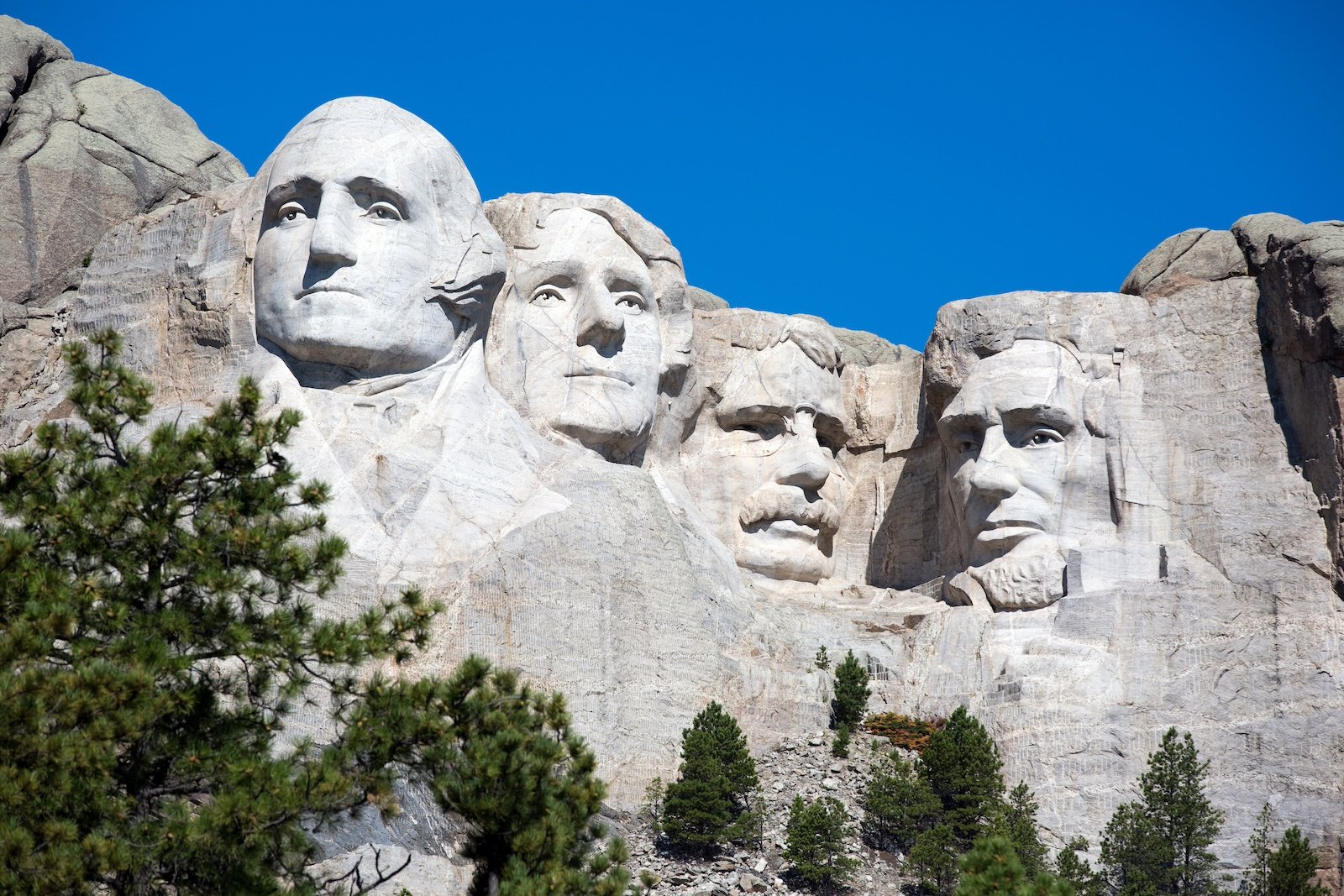
Mount Rushmore is an iconic American landmark, drawing millions of visitors annually. However, the site has faced issues related to over-tourism, including environmental degradation and traffic congestion. The increased human activity around the monument has led to concerns about preserving the surrounding natural areas.
The National Park Service reported that Mount Rushmore received around 2.4 million visitors in 2023, highlighting the need for sustainable tourism practices.
The Florida Everglades
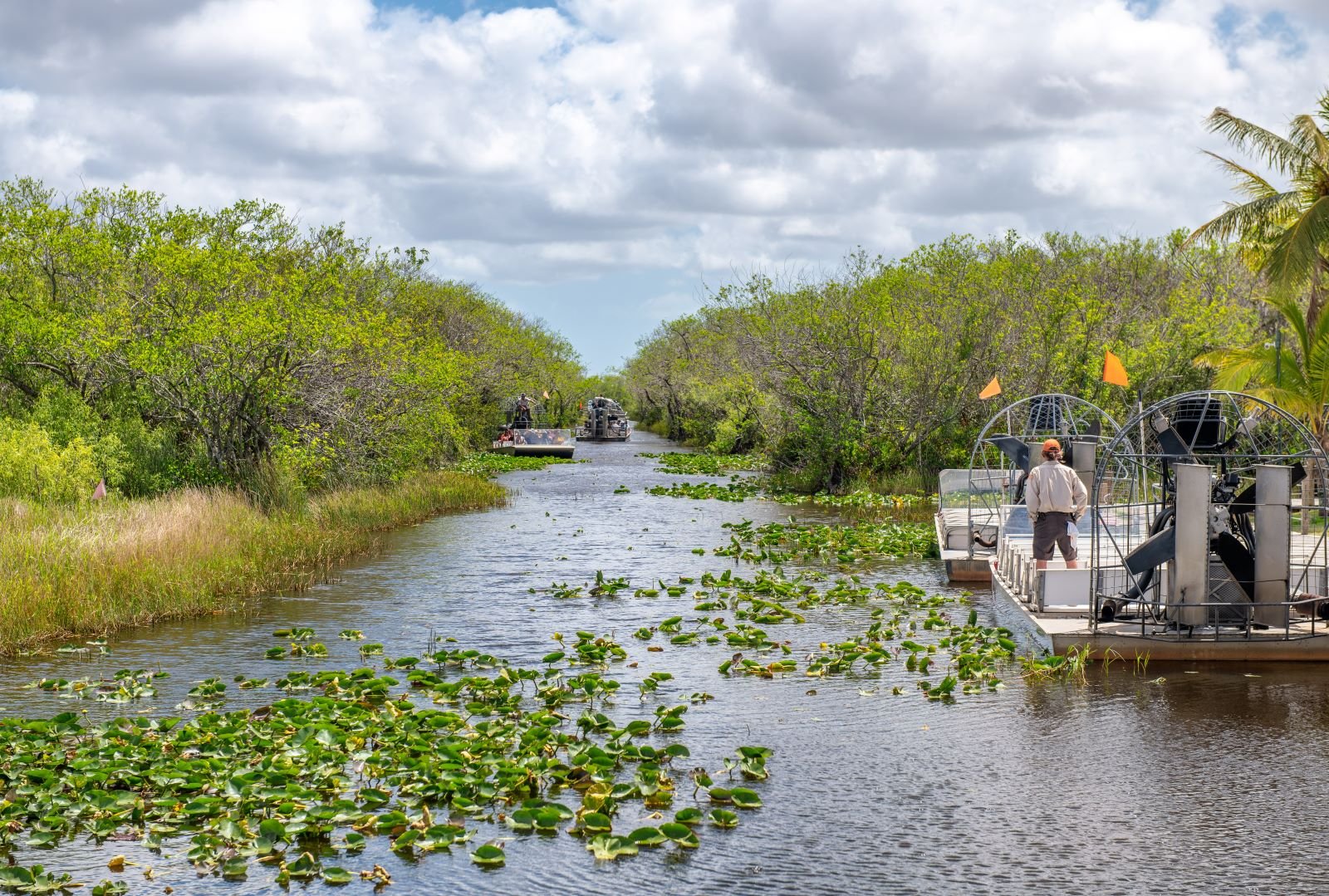
The Everglades, a unique and vital ecosystem, is a popular destination for eco-tourists. However, the increased human presence has contributed to habitat disruption, pollution, and the introduction of invasive species.
The National Park Service notes that the Everglades National Park sees over 1 million visitors annually, stressing the need for effective management to protect this fragile environment.
New Orleans’ French Quarter, Louisiana
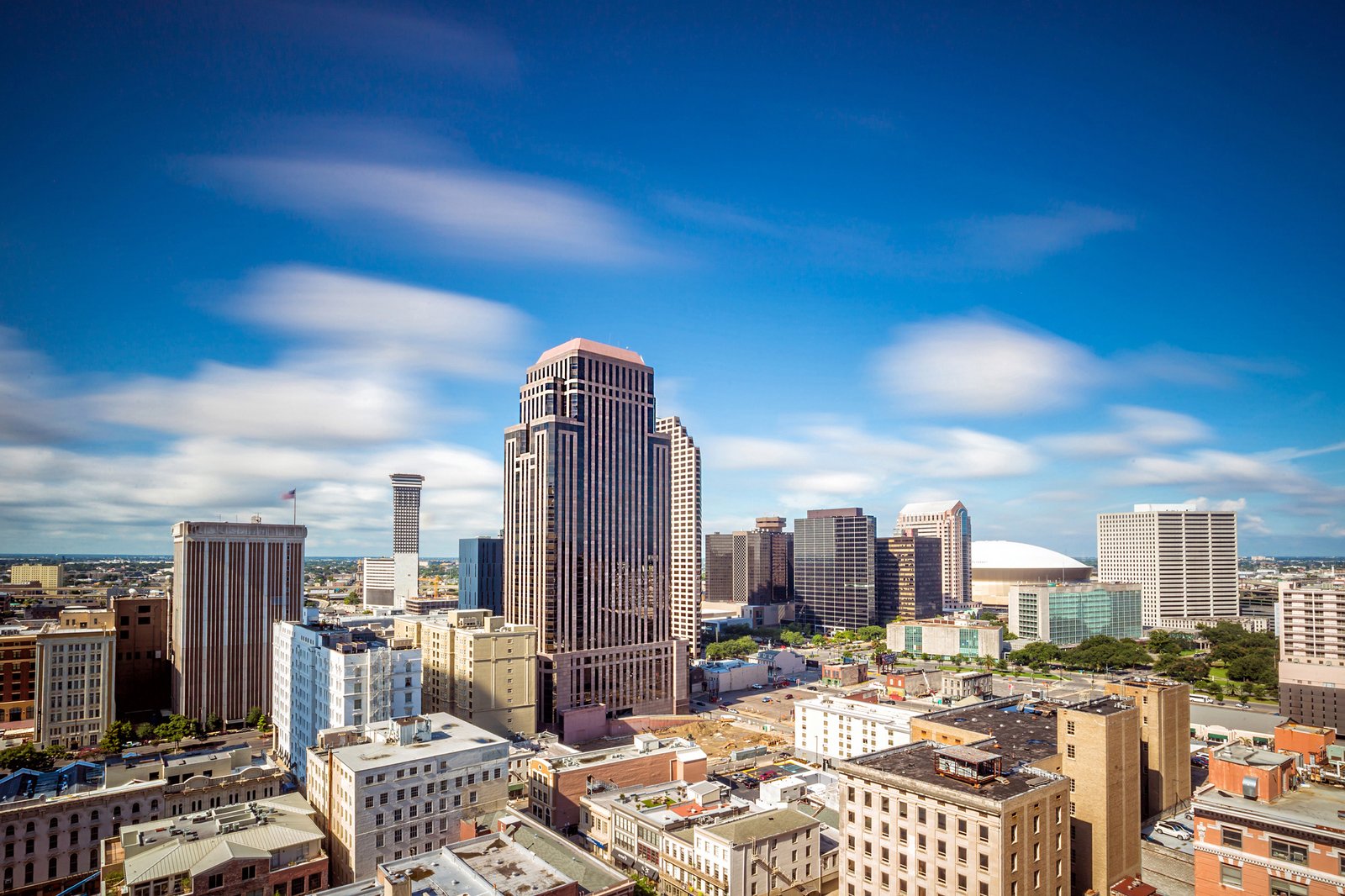
The French Quarter in New Orleans is known for its vibrant culture, music, and cuisine. However, the area needs help with the effects of overtourism, including noise pollution, overcrowding, and strain on local infrastructure. The influx of short-term rentals has also driven up housing costs, displacing long-term residents.
Zion National Park, Utah
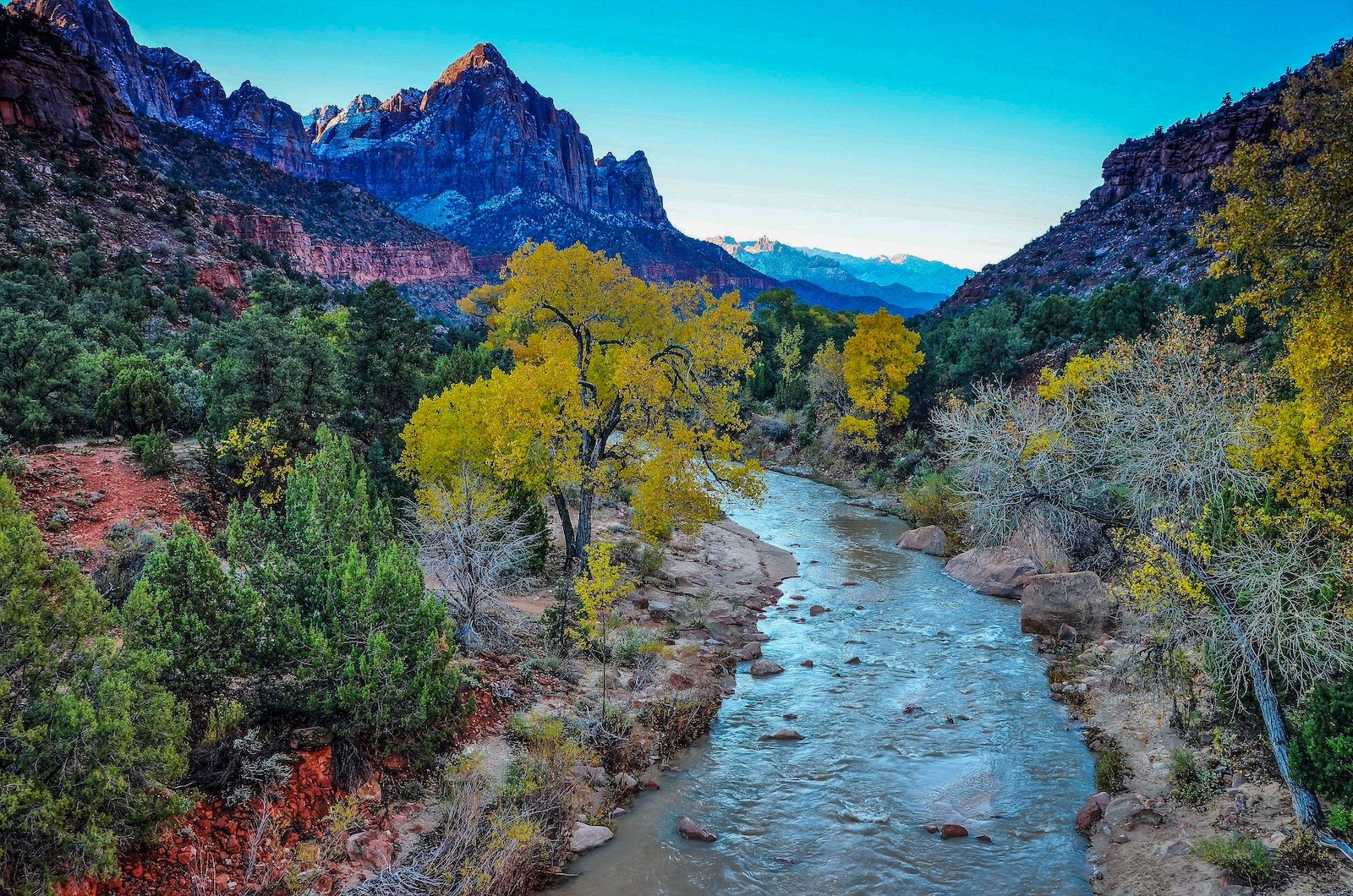
Zion National Park, with its breathtaking canyons and rock formations, has seen a dramatic increase in visitors. The park’s trails and facilities are often overcrowded, leading to wear and tear in the natural environment. Park management has introduced a shuttle system and permit requirements for certain hikes to control the impact, but maintaining the park’s pristine condition remains a significant challenge. In 2022, Zion National Park recorded over 4.6 million visits, highlighting the need for sustainable tourism management.
Myrtle Beach, South Carolina
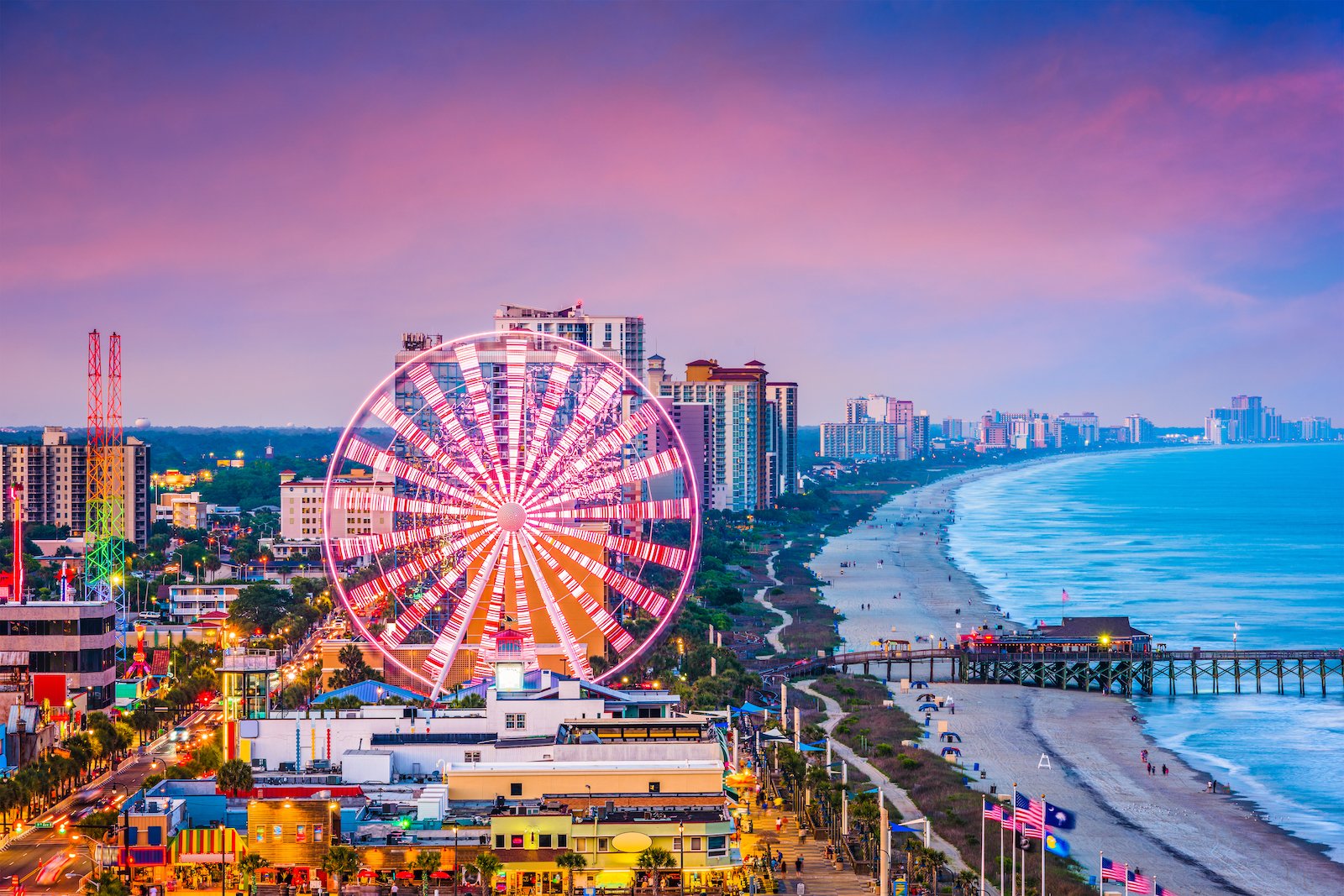
Myrtle Beach is a popular vacation destination known for its sandy shores and family-friendly attractions. However, the area faces issues with overdevelopment, pollution, and traffic congestion. The local environment, particularly coastal habitats, is under stress from the constant influx of tourists. According to the Myrtle Beach Area Chamber of Commerce, the city attracts over 20 million visitors annually, contributing to the area’s environmental and infrastructural challenges.
Las Vegas Strip, Nevada
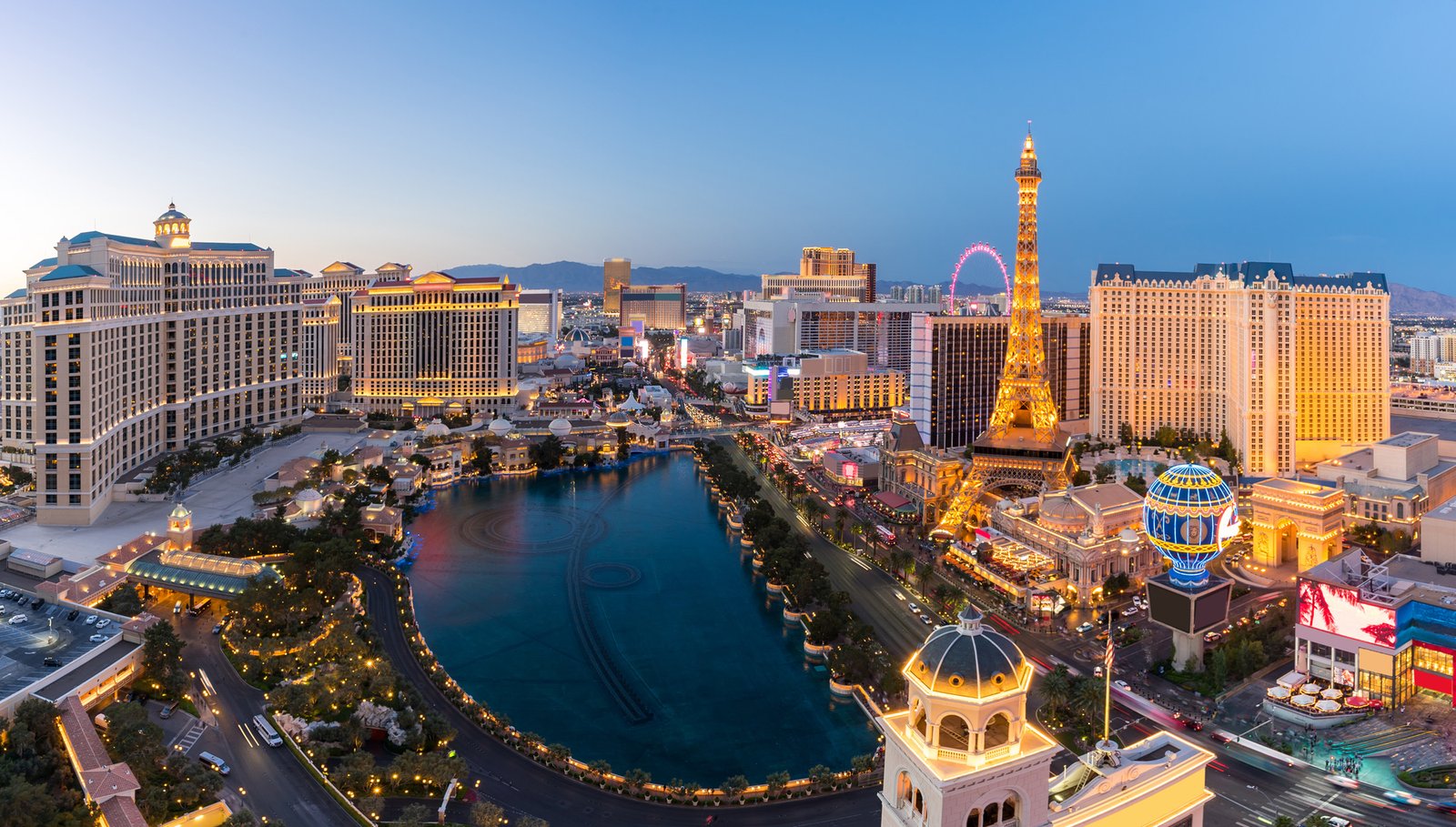
The Las Vegas Strip is renowned for its casinos, entertainment, and vibrant nightlife. However, the area’s popularity has led to significant environmental and infrastructural challenges. Water scarcity, waste management, and energy consumption are critical issues exacerbated by the high number of visitors.
Sedona, Arizona

Sedona, known for its red rock formations and spiritual retreats, attracts many tourists seeking natural beauty and wellness experiences. The influx has led to overcrowded trails, traffic congestion, and environmental degradation. Local authorities are working on strategies to manage visitor numbers and protect natural areas, but the pressures of overtourism remain a concern.
Hawaii

Hawai’i, known for its stunning landscapes and rich cultural heritage, is facing significant challenges due to over-tourism. With over 10.4 million visitors in 2019 compared to its 1.4 million residents, the islands are experiencing severe environmental and cultural impacts. Gentrification driven by holiday home rentals and Airbnb has pushed locals out, while cultural practices like hula are being commercialized, leading to a sense of cultural loss among native Hawaiians.
More than half of the residents feel the state prioritizes tourists over locals. In response, Hawai’i has doubled fees for popular activities like snorkeling in Hanauma Nature Bay and is considering a “visitor impact fee” to fund conservation efforts. Additionally, a pilot tourist shuttle bus service was introduced in 2021 to redirect tourists away from public transport, making it easier for residents to commute without being impeded by the masses of tourists.


